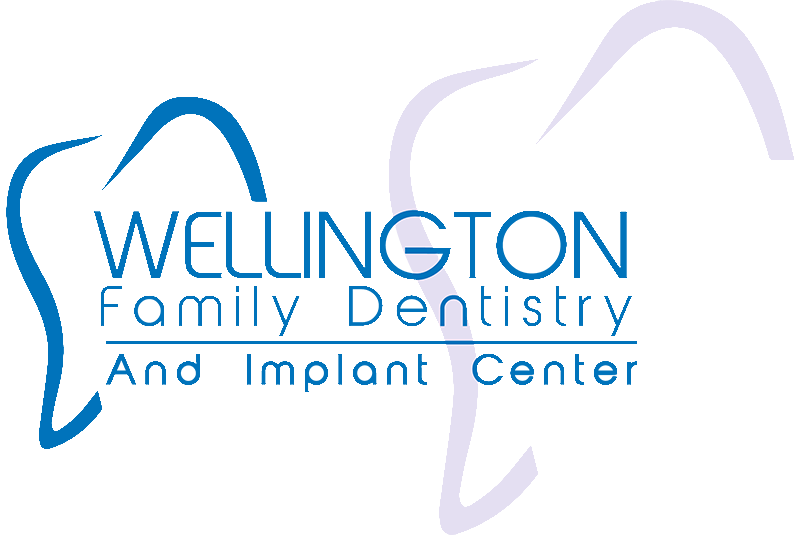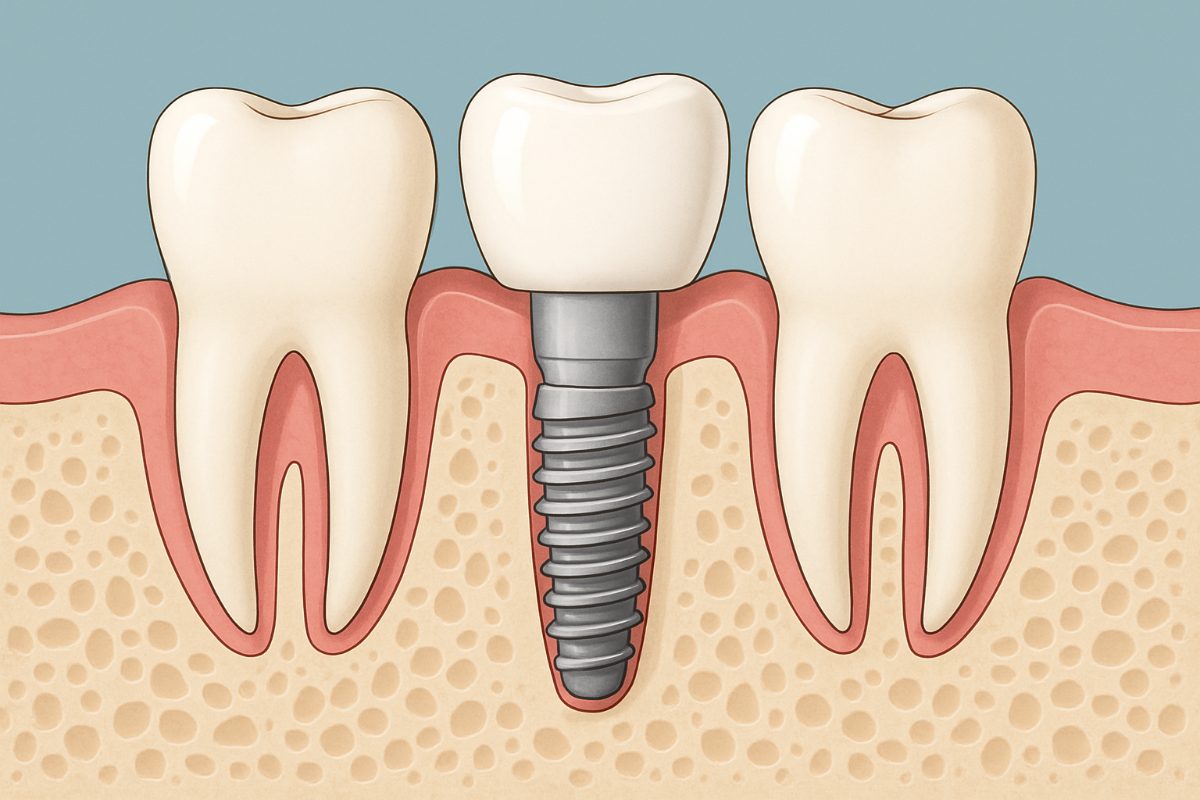Implantologie dentara is the medical term for dental implant treatment. This short guide explains what implantologie dentara means, who benefits, and what to expect during treatment. If you or a loved one are missing teeth, have loose dentures, or want a long-term way to restore chewing and speech, this guide will help you understand the options and next steps.
What is implantologie dentara?
Implantologie dentara refers to placing titanium posts into the jaw to replace tooth roots. These posts fuse with bone and act as strong anchors for crowns, bridges, or full-arch restorations. The main goals are to restore chewing ability, improve speech, and create a natural-looking smile.
Common types of implants and restorations
Single-tooth implants
A single implant replaces one missing tooth. A crown is attached to the implant to match the surrounding teeth in color and shape.
Implant-supported bridges
When several teeth in a row are missing, two or more implants can support a bridge. This avoids using adhesives and preserves nearby healthy teeth.
Full-arch solutions (All-on-4 / implant-retained dentures)
Full-arch options use multiple implants to support a full set of teeth. All-on-4 and implant-retained dentures give a stable, fixed-feeling solution for people missing most or all teeth.
Who is a good candidate for implantologie dentara?
Good candidates are generally healthy adults with enough jawbone and healthy gums. Doctors also consider chronic conditions like diabetes, smoking habits, and medications that affect healing. Common tests include a medical history review, dental exam, x-rays, and 3D scans to measure bone and plan implant placement.
Typical treatment steps and timeline
Consultation and digital planning
Care begins with an exam, digital impressions, and 3D imaging. These tools let the team plan implant positions and design restorations before surgery.
Surgery and healing
Implant placement is an outpatient procedure. After surgery the implant needs time to osseointegrate (bond with bone), usually several weeks to a few months depending on the case.
Restoration
Once healed, the final crown, bridge, or denture is attached. Some practices offer same-day CEREC restorations for quicker results when appropriate.
Risks, complications, and how they’re avoided
Possible issues include infection, implant failure, or nerve irritation. These risks drop when clinicians use careful planning, sterile technique, accurate imaging, and follow-up care.
Recovery and long-term care tips
- Use pain meds and cold packs as directed in the first 48–72 hours.
- Eat soft foods during early healing; avoid hard or sticky items.
- Keep the mouth clean with gentle brushing and recommended rinses.
- Attend regular check-ups and professional cleanings to protect implant longevity.
Why choose Wellington Family Dentistry & Implant Center for implantologie dentara in Wellington, CO
Dr. David J. Pringle and the team bring focused implant training and a technology-forward workflow to each case. The clinic uses CEREC same-day restorations, CAD/CAM, 3D printing, digital imaging, and micron mapper photogrammetry to improve accuracy and shorten treatment time. Flexible financing options help patients access care.
How to get started
Schedule a consultation to review your medical history and imaging. Bring any recent x-rays, a list of medications, and insurance information. Personalized planning is the key to successful implantologie dentara in Wellington, CO — book a visit to learn your best options.


